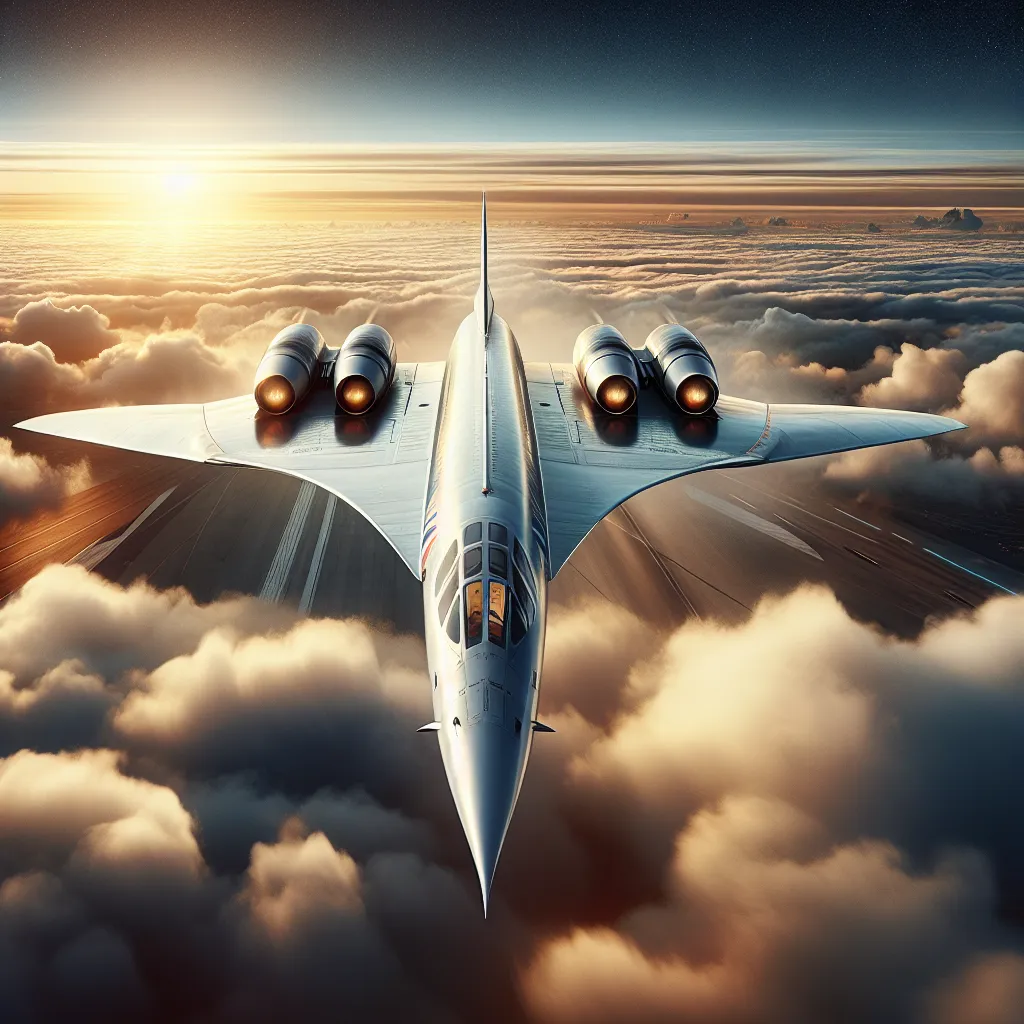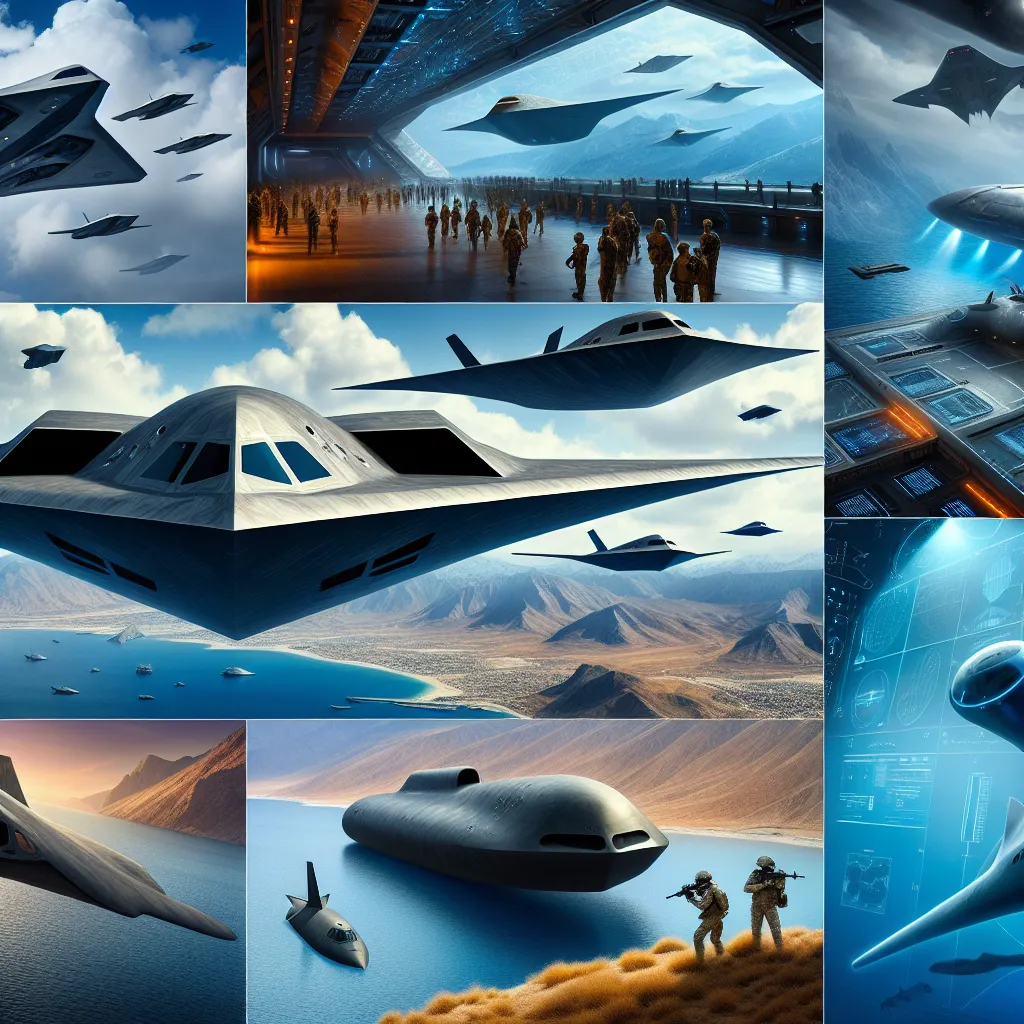Concorde is often hailed as the pinnacle of civilian aviation. She stands as a testament to human ingenuity, second only to the groundbreaking flight by the Wright brothers. The sheer experience of flying Concorde, going twice the speed of sound, felt like peering into the future. Imagine taking off from London and watching the sunrise in the West—the phenomenon achievable because of her incredible speed.
This Anglo-French marvel was birthed and finely tuned in the aerospace hubs of Toulouse and Filton. On June 4, 2002, as Elizabeth II celebrated her Golden Jubilee, Concorde was set to be part of the grand flypast—a fitting honor for the “Queen of the Skies.” Captain Mike Bannister, British Airways’ senior Concorde pilot, readied for the mission with a mix of duty and excitement. The jubilation of flying alongside the Red Arrows—an aerobatic team—added a layer of anticipation.
Concorde had already marked her presence in the aviation history books by the time the Queen celebrated her Silver Jubilee in 1977, and a quarter of a century later, she remained unparalleled. The 1969 maiden test flight from Toulouse placed Concorde decades ahead. Back then, transistor radios were considered innovative, and home computers were far from reality. Yet, here was Concorde, designed to ferry passengers at twice the speed of sound.
On October 1, 1969, the world witnessed Concorde break the sound barrier. The sonic boom echoed 20 miles away—a symbol of human ambition and a whopping $3 billion investment. Her four engines, each churning out 38,000 pounds of thrust, powered the only civilian aircraft with afterburners. The air-intakes reduced the airspeed hitting the engines from 1,500 mph to 500 mph, an engineering marvel.
The design of the Delta wing allowed Concorde to both take off and land at lower speeds while maintaining supersonic travel. The iconic drooped nose, able to tilt 12.5 degrees, was crucial for visibility during takeoff and landing. However, even brilliance has its moments of failure. On July 25, 2000, a catastrophic crash occurred shortly after takeoff from Paris, temporarily grounding Concorde. A burst tire sent shrapnel into the fuel tanks, prompting new safety measures like Kevlar linings.
Once revamped, Concorde resumed operations within 15 months, continuing her quick transatlantic flights between London, Paris, and New York—flying 3,400 miles in half the time of a standard jumbo jet. Pilots would reignite the afterburners only after reaching the Atlantic, allowing the plane to soar above the sound barrier effortlessly.
The sensation of breaking through the speed of sound was subtle, marked only by a slight kick from the pressure instruments. Cruising at Mach 1.7, the afterburners were shut off, and Concorde accelerated to Mach 2 unaided, gliding 60,000 feet above the Earth’s surface at the edge of space.
Flying Concorde entailed beating not just the sound barrier but also the thermal barrier, as air friction heated her skin to 260 degrees Fahrenheit. The air conditioning system, powered by the engines, ensured passenger comfort, despite the intense external temperatures causing the plane to lengthen mid-flight.
At such heights, one might expect the need for pressure suits and oxygen masks, yet Concorde’s passengers enjoyed a luxurious experience, sipping champagne, and eating caviar. This juxtaposition of extraordinary speed and ordinary comfort is what made Concorde so special.
In 1996, Concorde set a transatlantic flight record—two hours, 52 minutes, and 59 seconds, reaching New York from London before “leaving.” Approaching New York, the distinctive nosecone was lowered for landing, and Concorde gracefully touched down, still turning heads over three decades since her inception.
Concorde is more than an airplane; she’s a piece of functional art, a blend of technology and aesthetics that continues to captivate. As she potentially reaches her 50th year before another supersonic airliner emerges, Concorde leaves behind a legacy of speed and elegance that’s hard to surpass.






